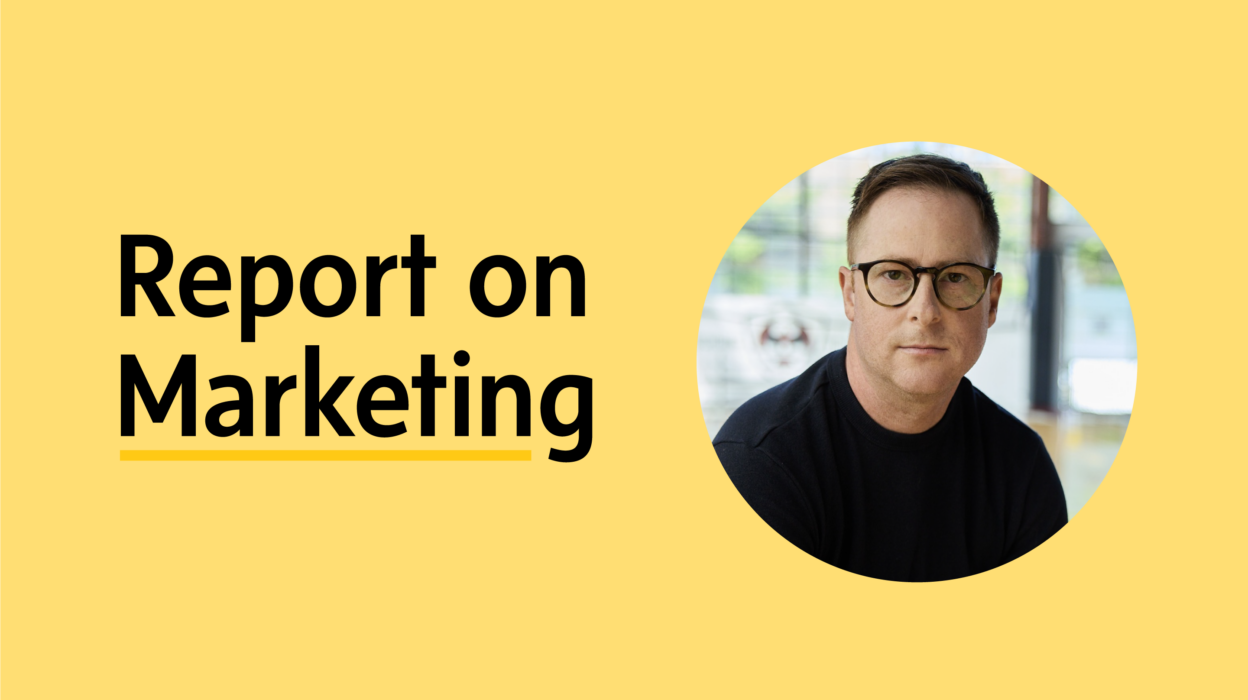With the Paris Olympic Games opening this week, the marketing engines behind some of the world’s biggest brands are ramping up. We sat down with Dustin Rideout, Chief Strategy Officer and Partner at Toronto-based creative agency The Hive, to discuss how sport offers unexpected ways for brands to connect with communities.
Rideout shares his experience on how to build connections through emotion, shared experiences, and the social identity that sport cultivates.
Why is sport such a powerful avenue for brands to connect with consumers through?
Well, the first and most obvious reason is it’s truly the only live tune-in connection we can tap into at scale anymore. From youth to amateur to the pros, it’s literally the only media – if you were to call it that – where appointment viewing still means anything. But beyond the practical audience aspect, it is also in my opinion the only experience where all facets of the human condition are put on display. Sport reflects not only our physical abilities and limitations, but also, it’s a canvas for which we display our humanity.

That’s interesting, so what does your second point mean for how marketers should think of leveraging any given sport investment?
I always say to our teams that we must get the sport tropes out of our system before we will arrive at something interesting. Look, there are a lot of tropes in sport marketing that usually have something to do with sweating, performing, winning or coming back from a loss. The athleticism, which is always somewhat part of the opportunity, isn’t in my view the important thing brands should try to leverage. The bigger opportunity is how can you create human connection through the athlete or team that’s relatable to form a bond with your audience.
Can you give an example of what you mean?
Sure. When we rebranded the Toronto Raptors – which really started with an ask for a new logo and uniform design – we started with what could we do to create a greater sense of belonging among fans. What we did was build a strategy centered on not what we loved or admired about the team, but rather what could we all identify with. At the time that something was we all felt like outsiders – the team, the players, the city of Toronto, Canada, and young millennials that made up the core fan base. Instead of using that as a crutch or weakness, we said f*ck it, that’s our strength. The strategy of Outsiders Playing Our Own Game is what turned into a ‘We The North’ movement that continues to pay brand dividends today.
Another marketing example, for a business that I’m sure many others admire, is Procter & Gamble’s ‘Thank You Mom’ for Rio 2016. What a brilliant strategy to connect to all sports in a meaningful way, through an idea that could also have meaning beyond sport. That’s a human connection strategy, using the scale of sport as the canvas.
What are the main themes you expect or hope to see from brands for these upcoming Olympic Games?
I think first a return to bigness. Seeing big brands doing big things make us feel connected to one another globally in what’s been a tough time for globality. I want Coke to wrap hugs around cans and make us feel we can all for a moment share in the human condition. Second is using the Olympic moment’s bigness to create opportunities for new brands and categories to participate. I love what LVMH-owned brand Sephora is doing as an example sponsoring the torch relays, showing the world that its category has an equal right to play alongside a sport drink, bank or apparel brand.

And focusing on Team Canada, can you share how you applied your own advice to the campaign?
Absolutely, it is by far our proudest moment as Canadians. Our campaign is decidedly different than other nations’ Olympics campaigns of the past as it has nothing to do with winning at the sport that any one athlete is competing in at the Paris Games. In fact, the competition in this case is ourselves, the sport is life, and the triumph is standing on the other side of it.
The goal of our ‘Brave Is Unbeatable’ work is to connect with every single Canadian through our athletes in a way that they not only see themselves but love our athletes for who they are as humans even more than we already do. If we have achieved that, showing up and cheering for them when it’s showtime should be natural…and boy oh boy will we.
Any closing thoughts or advice for marketers?
Lean into and support all your sport federations beyond this Olympic period. They need your support, and they actually reach more people than the pros. Support Canada Basketball, Tennis Canada, Soccer Canada, Rugby Canada, Alpine Canada, anything sport (insert your country). They are responsible not just for helping put that team or athlete on the Olympic stage, but every single young child or athlete to find sport, stay in sport, and excel in sport. Second is women’s sport, period.
We all know women’s pro sports is having a wonderful moment, which helps. However, we also know that so many young women drop out of sport at an alarmingly higher rate than boys. We know the reasons and know what we can do to stem it. Support organization like Canadian Women & Sport as they know what to do – they just need brands to put their money where their mouth is.
The Hive is a member of the Institute of Canadian Agencies. Report on Marketing is where leading Canadian agencies showcase their insights, cutting-edge research and client successes. The Report on Marketing provides a valuable source of thought leadership for Canadian marketers to draw inspiration from. Find more articles like this at the Report on Marketing.
See all Ideas & Insights




